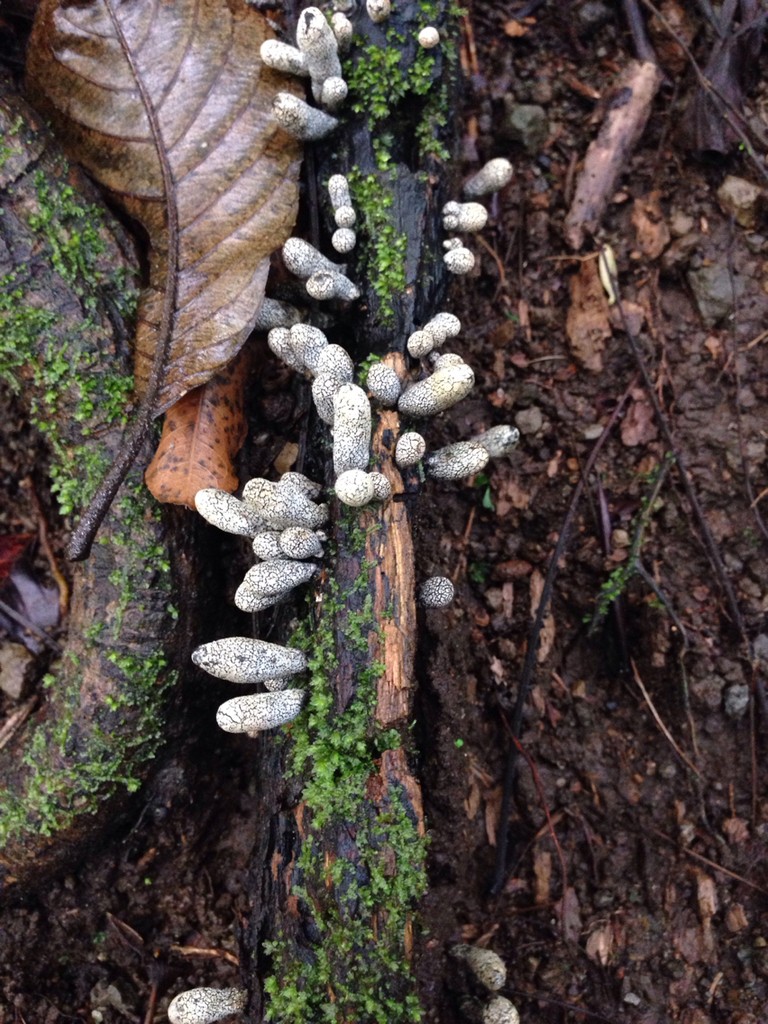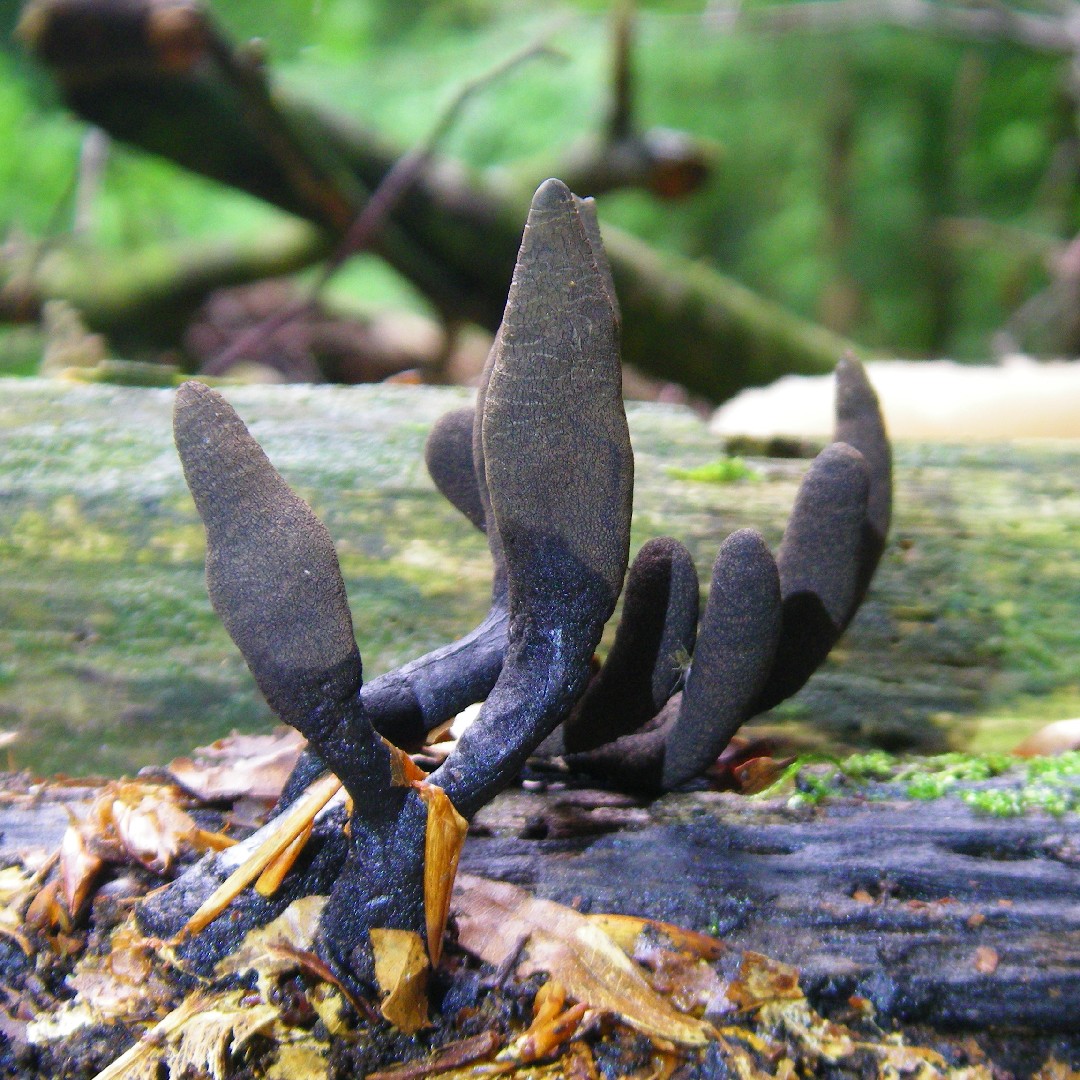Xylariales
Scientific name: Xylariales
Xylariales
Scientific name: Xylariales
 Photo By Charlie Hohn , used under CC-BY-4.0 /Cropped and compressed from original
Photo By Charlie Hohn , used under CC-BY-4.0 /Cropped and compressed from original Description
Xylariales are a fascinating group of fungi known for their role in decomposing wood and other plant materials. They often produce dark, tough fruiting bodies that can resemble burnt wood. Some species in this group are known for their unique ability to form symbiotic relationships with plants, helping them absorb nutrients. Additionally, xylariales can be found on every continent, making them an essential part of forest ecosystems around the world.

